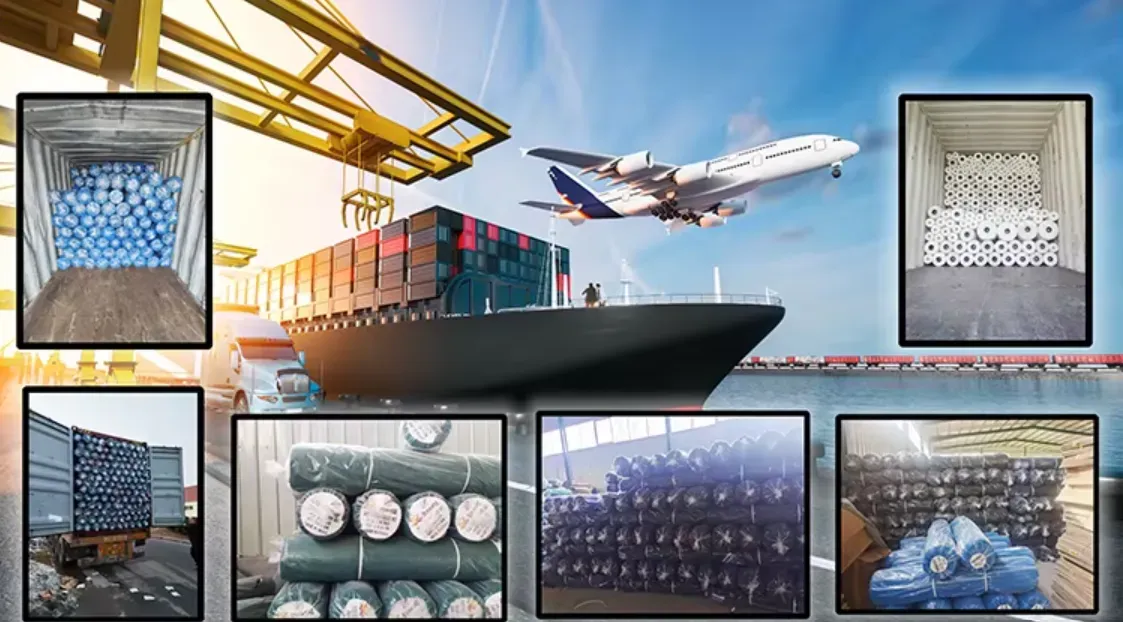-
 Afrikaans
Afrikaans -
 Albanian
Albanian -
 Amharic
Amharic -
 Arabic
Arabic -
 Armenian
Armenian -
 Azerbaijani
Azerbaijani -
 Basque
Basque -
 Belarusian
Belarusian -
 Bengali
Bengali -
 Bosnian
Bosnian -
 Bulgarian
Bulgarian -
 Catalan
Catalan -
 Cebuano
Cebuano -
 China
China -
 Corsican
Corsican -
 Croatian
Croatian -
 Czech
Czech -
 Danish
Danish -
 Dutch
Dutch -
 English
English -
 Esperanto
Esperanto -
 Estonian
Estonian -
 Finnish
Finnish -
 French
French -
 Frisian
Frisian -
 Galician
Galician -
 Georgian
Georgian -
 German
German -
 Greek
Greek -
 Gujarati
Gujarati -
 Haitian Creole
Haitian Creole -
 hausa
hausa -
 hawaiian
hawaiian -
 Hebrew
Hebrew -
 Hindi
Hindi -
 Miao
Miao -
 Hungarian
Hungarian -
 Icelandic
Icelandic -
 igbo
igbo -
 Indonesian
Indonesian -
 irish
irish -
 Italian
Italian -
 Japanese
Japanese -
 Javanese
Javanese -
 Kannada
Kannada -
 kazakh
kazakh -
 Khmer
Khmer -
 Rwandese
Rwandese -
 Korean
Korean -
 Kurdish
Kurdish -
 Kyrgyz
Kyrgyz -
 Lao
Lao -
 Latin
Latin -
 Latvian
Latvian -
 Lithuanian
Lithuanian -
 Luxembourgish
Luxembourgish -
 Macedonian
Macedonian -
 Malgashi
Malgashi -
 Malay
Malay -
 Malayalam
Malayalam -
 Maltese
Maltese -
 Maori
Maori -
 Marathi
Marathi -
 Mongolian
Mongolian -
 Myanmar
Myanmar -
 Nepali
Nepali -
 Norwegian
Norwegian -
 Norwegian
Norwegian -
 Occitan
Occitan -
 Pashto
Pashto -
 Persian
Persian -
 Polish
Polish -
 Portuguese
Portuguese -
 Punjabi
Punjabi -
 Romanian
Romanian -
 Russian
Russian -
 Samoan
Samoan -
 Scottish Gaelic
Scottish Gaelic -
 Serbian
Serbian -
 Sesotho
Sesotho -
 Shona
Shona -
 Sindhi
Sindhi -
 Sinhala
Sinhala -
 Slovak
Slovak -
 Slovenian
Slovenian -
 Somali
Somali -
 Spanish
Spanish -
 Sundanese
Sundanese -
 Swahili
Swahili -
 Swedish
Swedish -
 Tagalog
Tagalog -
 Tajik
Tajik -
 Tamil
Tamil -
 Tatar
Tatar -
 Telugu
Telugu -
 Thai
Thai -
 Turkish
Turkish -
 Turkmen
Turkmen -
 Ukrainian
Ukrainian -
 Urdu
Urdu -
 Uighur
Uighur -
 Uzbek
Uzbek -
 Vietnamese
Vietnamese -
 Welsh
Welsh -
 Bantu
Bantu -
 Yiddish
Yiddish -
 Yoruba
Yoruba -
 Zulu
Zulu
hail net
Understanding Hail Nets A Shield Against Nature's Fury
Hailstorms are one of the most destructive natural phenomena that can severely impact agricultural productivity. The damage caused by hailstones, which can fall at speeds of up to 100 mph, poses a significant risk to crops, livestock, and property. For farmers and vineyard owners, the consequences can be devastating, leading to substantial financial losses. In response to this challenge, hail nets have emerged as an effective protective measure that offers a shield against nature's fury.
Hail nets, or anti-hail nets, are specially designed mesh structures that are erected over fields, orchards, and vineyards to mitigate the impact of hailstones on plants and crops. These nets are typically made from high-density polyethylene, which is known for its durability, UV resistance, and lightweight properties. The primary purpose of hail nets is to disperse the force of falling hail, reducing the size of the stones that reach the ground and thereby minimizing damage to the crops below.
The installation of hail nets requires careful planning and consideration
. Farmers must assess their specific needs, the types of crops being grown, and the typical weather patterns in their region. The nets can be installed in various configurations, depending on the topography of the land and the crops being protected. In orchards, for instance, nets may be set up as overhead structures, while in vineyards, they can be draped over trellises. Proper installation ensures that the nets remain taut and secure, allowing them to effectively absorb and diffuse the impact of hail.hail net

One of the key advantages of hail nets is their cost-effectiveness. While the initial investment in materials and installation may seem substantial, the long-term savings from reduced crop loss and increased yield can far outweigh these costs. Many farmers have reported that after installing hail nets, they experienced higher crop quality and quantity, leading to greater profitability. Furthermore, these nets can serve additional purposes, such as providing shade, reducing sunburn on fruits, and protecting against other adverse weather conditions like strong winds and excessive sunlight.
Another benefit of hail nets is their environmental impact. Unlike some traditional crop protection methods, which may involve chemical applications or extensive physical barriers, hail nets are a more sustainable solution. They do not harm beneficial insects and can improve the microclimate for plants, fostering better growth conditions. By reducing the need for chemical treatments, farmers can practice more sustainable agriculture, which is increasingly important in today's environmentally-conscious market.
However, hail nets are not without challenges. The initial installation can be labor-intensive and may require specialized skills, particularly in regions with varying topographies. Additionally, the nets need regular maintenance to ensure their effectiveness; they can become damaged over time due to strong winds, debris, or the accumulation of snow. Farmers must also consider the potential for increased insect presence beneath the nets, which may require additional management strategies.
In conclusion, hail nets represent an innovative and practical solution for protecting crops from the devastating effects of hailstorms. By investing in these protective structures, farmers can safeguard their livelihoods while promoting sustainable agricultural practices. As climate conditions continue to change, with the frequency and severity of hailstorms potentially increasing, the relevance of hail nets will likely grow. For those looking to shield their crops from nature's fury, hail nets offer a reliable means of protection that balances economic viability with environmental responsibility. The future of agriculture may very well depend on how effectively we can adapt to the challenges posed by our ever-changing climate.
-
Shipping Plastic Bags for Every NeedNewsJul.24,2025
-
Safety Netting: Your Shield in ConstructionNewsJul.24,2025
-
Plastic Mesh Netting for Everyday UseNewsJul.24,2025
-
Nylon Netting for Every UseNewsJul.24,2025
-
Mesh Breeder Box for Fish TanksNewsJul.24,2025
-
Expanded Steel Mesh Offers Durable VersatilityNewsJul.24,2025











